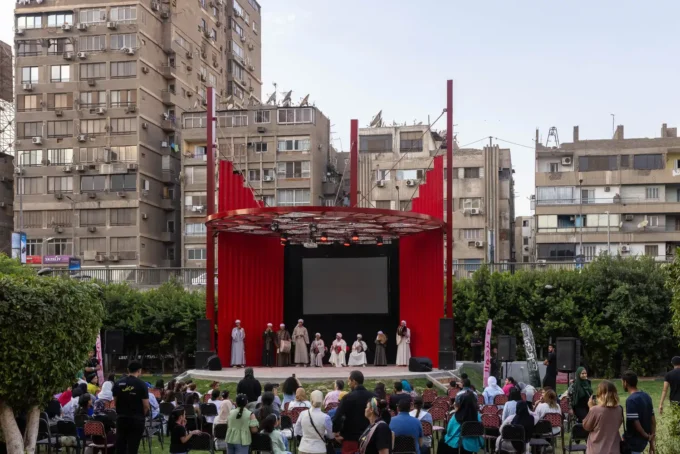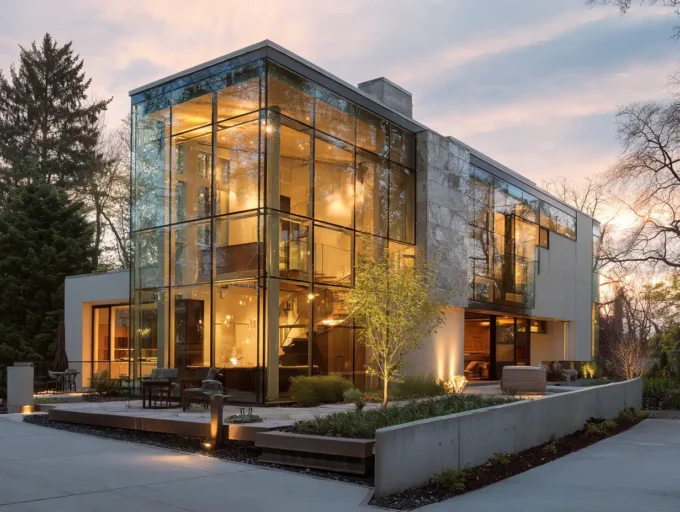Architecture, as an art form and a profession, has always been a reflection of the societies in which it exists. From the towering skyscrapers of modern metropolises to the ancient temples of distant civilizations, architectural design showcases the creativity, values, and aspirations of a culture. One of the most fascinating aspects of architecture is its ability to embrace diversity and encompass a wide range of styles, materials, and approaches. In this article, we will delve into the exploration of the diversity of architectural design, examining its significance and the impact it has on our built environment.
Architecture is not a monolithic entity; it is a dynamic field that evolves over time, influenced by cultural, social, and technological advancements. Throughout history, different regions and civilizations have developed distinct architectural styles, reflecting their unique traditions, beliefs, and environmental conditions. The diversity of architectural design is a testament to the richness of human experiences and the creative expression of various cultures.

One of the primary drivers of architectural diversity is the geographical and climatic variations across the globe. The architectural styles of hot desert regions, such as the Middle East, are characterized by the use of thick walls, small windows, and intricate geometric patterns, responding to the need for protection from the scorching sun. In contrast, the timber-framed buildings of Northern Europe exhibit steeply pitched roofs and large windows, designed to withstand heavy snowfall and maximize daylight during the long winters. The diversity in architectural design not only addresses practical considerations but also celebrates the cultural heritage and identity of different regions.
Religion and spirituality have also played a significant role in shaping architectural diversity. Places of worship, such as churches, mosques, and temples, have inspired awe-inspiring architectural masterpieces throughout history. The Gothic cathedrals of Europe, with their towering spires and intricate stone tracery, evoke a sense of grandeur and transcendence. The traditional pagodas of East Asia, with their multi-tiered roofs and elegant ornamentation, blend harmoniously with the natural surroundings. Each religious tradition has its architectural vocabulary, allowing people to connect with their faith and find solace in a space that reflects their beliefs.
Furthermore, the diversity of architectural design extends to the urban fabric, where different architectural styles coexist and create a rich tapestry of visual experiences. The juxtaposition of historic buildings with contemporary structures in cities like Paris, where medieval cathedrals stand alongside modern glass skyscrapers, creates a dialogue between the past and the present. This interplay between architectural styles not only contributes to the aesthetic appeal of a city but also fosters a sense of continuity and cultural heritage.

In recent years, architectural design has been increasingly embracing sustainability and incorporating innovative approaches to minimize the environmental impact of buildings. This movement has further diversified the field, as architects explore alternative materials, energy-efficient technologies, and biophilic design principles. From green roofs that promote biodiversity to passive solar design strategies that harness natural light and heat, architects are embracing the challenges of our time and creating buildings that are both aesthetically pleasing and environmentally responsible.
The diversity of architectural design not only enriches our visual landscape but also has a profound impact on our well-being and sense of belonging. Architectural spaces influence our moods, behaviors, and interactions with others. A well-designed public park can foster community engagement and social cohesion, while a thoughtfully designed school can enhance learning outcomes and inspire creativity. By celebrating diversity in architectural design, we can create inclusive spaces that accommodate the needs and aspirations of a diverse society.

The style of contemporary architecture encompasses a range of styles and often combines elements from different periods. This style encourages experimentation and creativity, allowing architects to blend various architectural languages and create unique designs. Contemporary buildings often prioritize individuality and reflect the specific needs and preferences of clients.
Also, with a growing emphasis on environmental consciousness, sustainable architecture has gained significant popularity. This style focuses on energy efficiency, the use of eco-friendly materials, and the integration of renewable energy sources. Buildings designed with sustainable principles often feature features such as solar panels, green roofs, and natural ventilation systems.
- and functional architectural design
- Architectural Design
- Architectural design diversity
- architectural design innovation
- Architectural Design Tips
- Architectural Design Types
- architecture firm services
- architecture project management
- commercial building design
- Contemporary Architecture Ideas
- creative architectural concepts
- cultural architecture influences
- custom architectural solutions
- diverse architectural styles
- Diversity in Architecture
- Eco-friendly architecture
- Exploring Diversity
- green building design
- historical architectural influence
- innovative architecture solutions
- interior and exterior design
- landscape architecture integration
- Modern Architecture Trends
- residential architectural design
- sustainable architectural practices
- unique building designs
- urban architectural planning
















Leave a comment